I see that everything is so expensive: beef, chicken, eggs.
Food means nutrition. Food means energy, food means love.
It gives you a benefit that’s greater than just food — it magnifies your life in all these positive ways.
Nearly 25% of American adults are food insecure1, up five percentage points from a year earlier. In just one year we went from one in five to one in four people in this country worried about how they will feed their family. Inflation, a roll back of SNAP (CalFresh in CA) benefits, and the rising cost of housing and childcare have put a strain on families.
To learn more about how these challenges are impacting our community, the Food Bank surveyed more than 9,000 of our participants. For the first time, we also asked what other factors contributed to their challenges putting food on the table. Our community’s responses reinforced that hunger is caused by structural inequities and the impacts of poverty are compounding.
![]()
* 1. The Urban Institute https://www.urban.org/research/publication/inflation-squeezed-family-budgets-food-insecurity-increased-between-2021-and-2022
When nearly 60% of our participants report that someone in their household is working, we know that unemployment is not the driver of food insecurity.
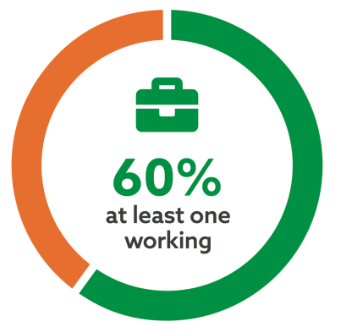
When asked how inflation was impacting their ability to buy groceries, our participants shared just how complex the situation was. For some, the rising cost of groceries alone forced them to buy less food. For others, utilities, housing costs, gas, and more forced them to cut back. We’ve always known “the rent eats first” but now, the rising costs of other essentials means maintaining a full fridge is even less affordable.
We are seeing first-hand the tradeoffs those we serve make, crystalizing the need to invest in a network of support that strengthens the safety net and uplifts our entire community. We cannot achieve economic recovery if families can’t make ends meet.
Factors driving participants to buy less food
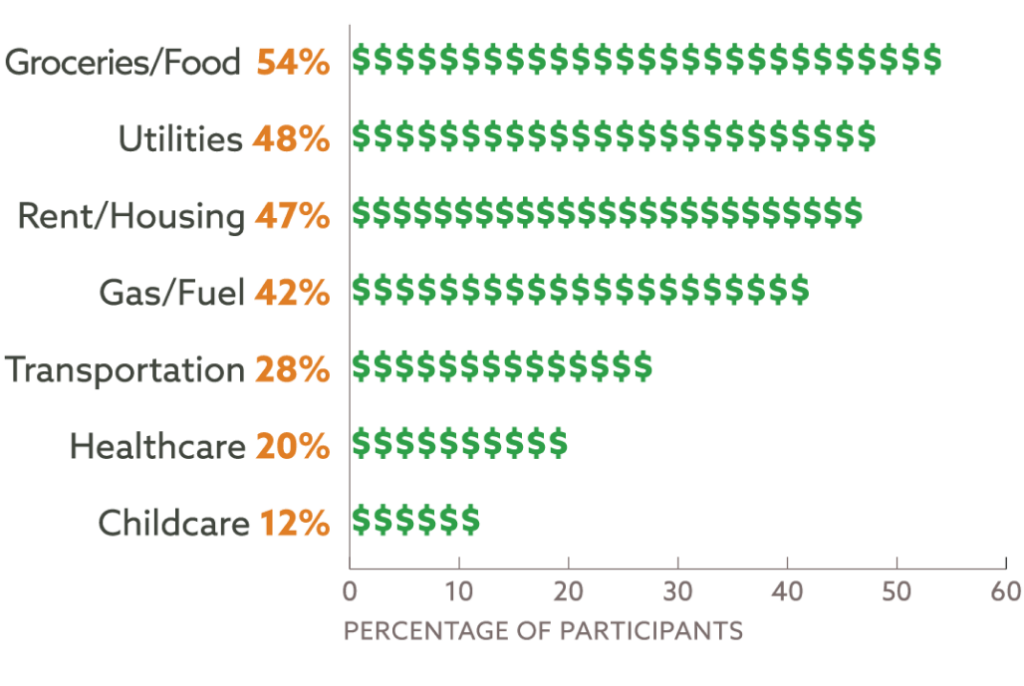
“I work in a kitchen, and my husband works in construction … But right now with the cost of food, gas, and everything, it’s just too much.”
Structural inequality and systemic racism create even greater barriers for many in our community. National studies show Black and Latinx adults consistently at greater risk for food insecurity. And with the loss of pandemic-era supports, the Census reports child poverty more than doubled last year.2
We see that Black and Latinx participants are more worried about running out of food than white participants and less likely to be able to cover a $400 emergency expense. We see families squeezed by a cost of living so high that it requires three full-time minimum-wage jobs just for a family of four to achieve economic security.3
Inability to cover a $400 emergency expense
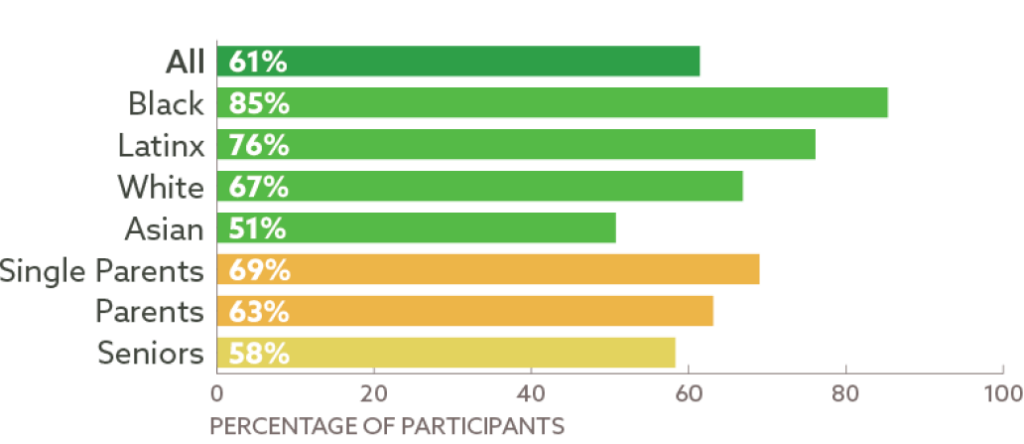
Worried about running out of food
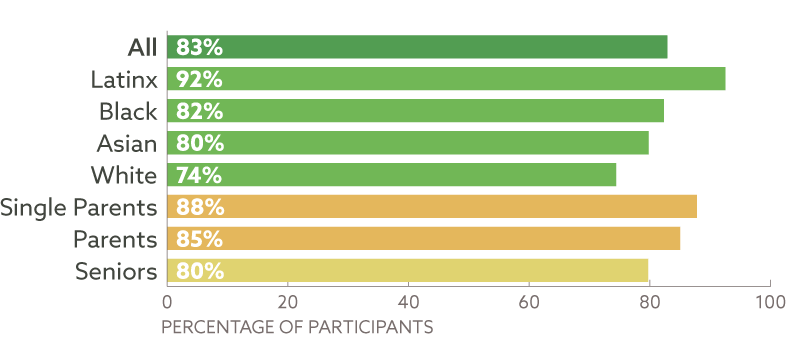
2. Income, Poverty and Health Insurance Coverage in the United States, 2022, https://www.census.gov/newsroom/press-releases/2023/income-poverty-health-insurance-coverage.html
3. United Way’s Real Cost Measure, https://unitedwaysca.org/wvp-content/uploads/2023/05/san_francisco_county.pdf
56,000 households served weekly

67% female
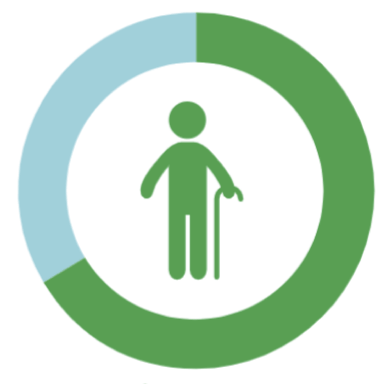
66% senior
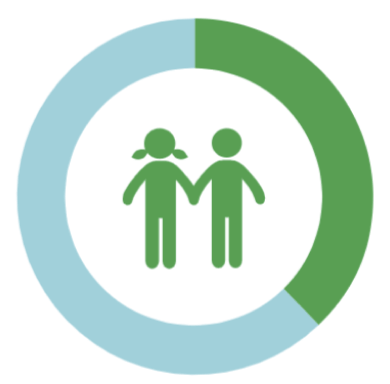
37% have children
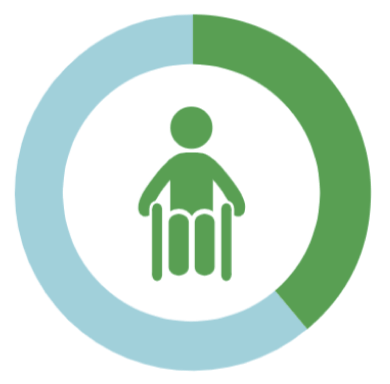
39% disability in household
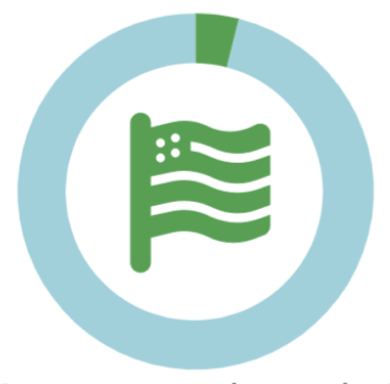
4% veteran in household

3% unhoused
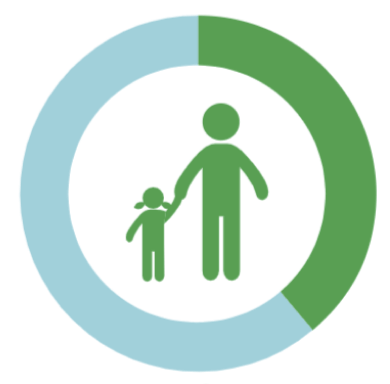
39% single parent

73% first language other than English
Asian
68%
Hispanic/Latino
17%
White
8%
Black/African American
5%
Middle Eastern/North African
0.5%
Mixed Race
0.5%
Native Hawaiian/Pacific Islander
0.4%
Native American
0.3%
While it is heartening to see that 96% of our participants worry less about getting enough food thanks to the Food Bank, as we look to the future, we know to truly end hunger we must not only address the hunger we see today but also its root causes. Together with our community, participants, partners and supporters, we are co-creating, piloting, and evaluating equity-centered solutions that provide quality nutritious food, reduce barriers and increase access and choice.
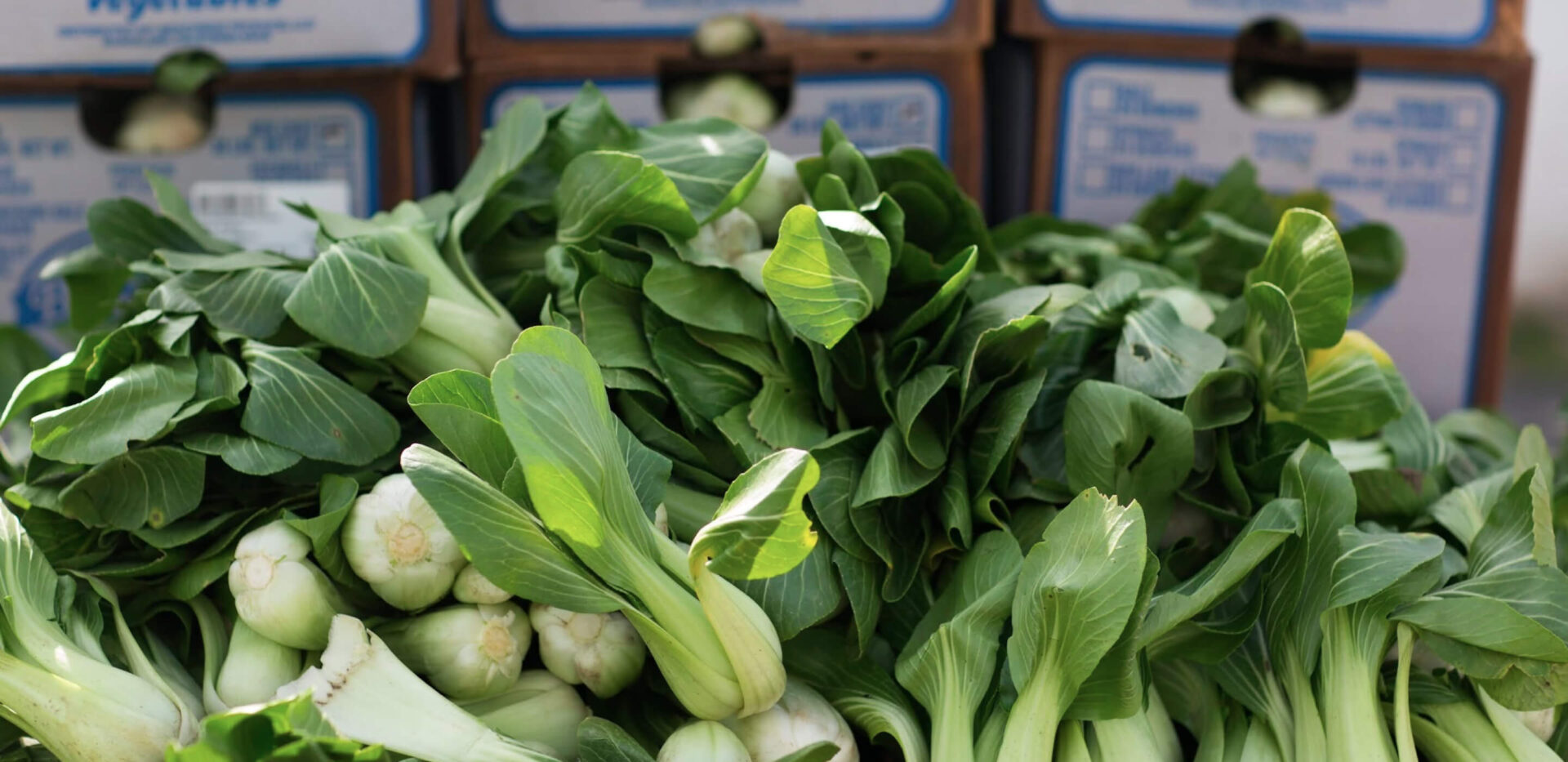
156,000
meals every day, totaling
68M pounds of food served
4,000+
CalFresh (food stamps)
applications and recertifications
facilitated, helping participants
earn an estimated 11M in benefits
345
community-based organizations partnered with us
56,000
households distributed food to
weekly through nearly 240
pantries, primarily run by partners
12,000
seniors and people with disabilities were provided with home-delivered groceries
The Food Bank has been on the front lines of fighting hunger for decades. Which is precisely why we know that food banks alone cannot solve the hunger crisis. We need community, we need partnership, and we need fellow advocates. Together, we can end hunger.
Get Food Bank Updates
Privacy & Cookies: This site uses cookies. By continuing to use this website, you agree to their use. To find out more, including how to control cookies, see our Privacy Policy here.
